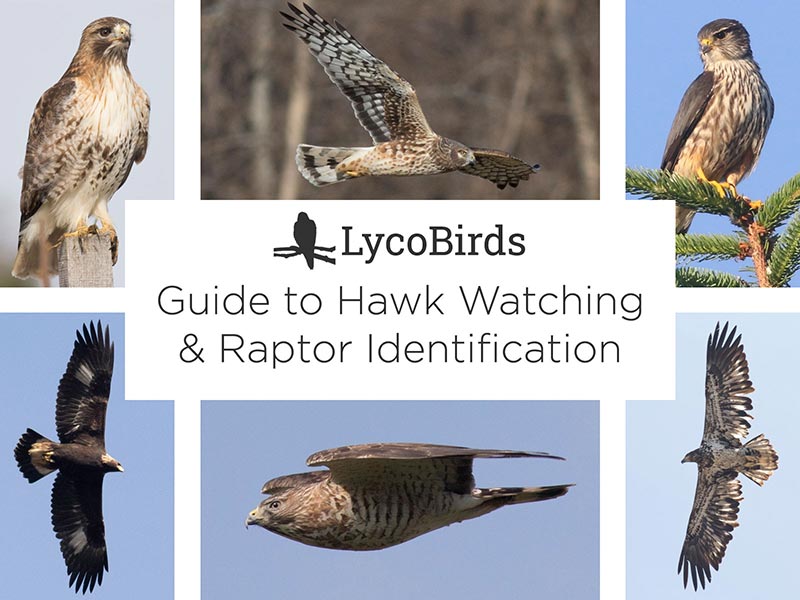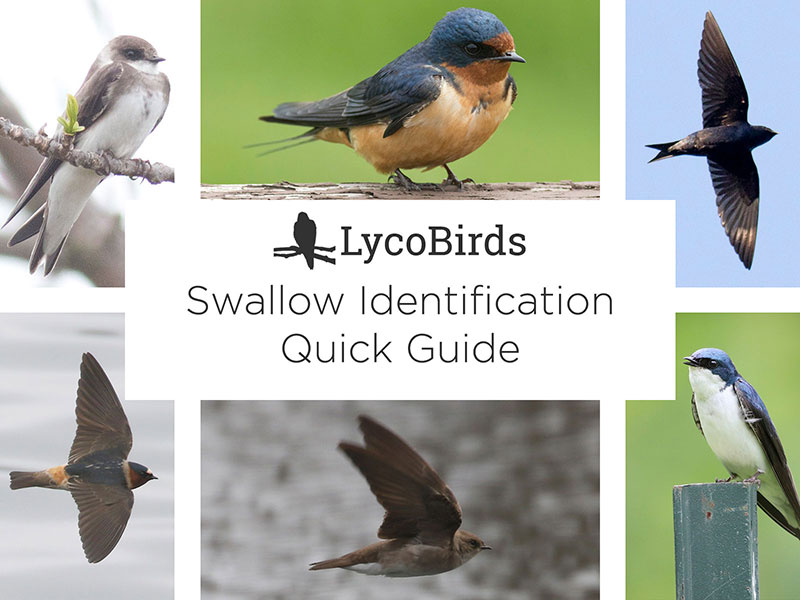Hybrid Common Merganser x Hooded Merganser
One of the things that keeps birding interesting is that you never know when you are going to come across something weird. On January 30, 2022, I was at the Williamsport Dam in Lycoming County, PA. The recent cold snap meant icy conditions on the West Branch Susquehanna River, which is a perfect recipe for concentrating ducks near the dam, since that section of river typically stays open no matter how cold it gets. I was happy to see a male Greater Scaup, a first-of-year for me, but didn't really see anything else new among the many ducks present: Common Goldeneyes, Buffleheads, Common Mergansers, Hooded Mergansers, a female Lesser Scaup that had been present a few days, and Mallards. Then a little farther downstream I noticed this bird through my spotting scope.

Hybrid Common Merganser x Hooded Merganser, Williamsport, PA, 1/30/22

Hybrid Common Merganser x Hooded Merganser, Williamsport, PA, 1/30/22
I initially thought it was a Red-breasted Merganser, because I was certain it wasn't a Common Merganser, and the plumage was quite different from female-type Hooded Mergansers — so Red-breasted is the only other realistic alternative. Well, that option didn't seem to work either. The bill shape was extremely problematic for Red-breasted, and other aspects of the structure and plumage were also troubling. At this point I was pretty confused.
I sent a few photos to my brother and another birder I regularly talk with, and we didn't really come to any consensus, although I did comment that it "almost looks like a hybrid COME x HOME," (see my 4-Letter Alpha Codes article if you are confused by the abbreviations) but I wasn't necessary set on that ID at that point, because I wasn't seeing much documentation on that hybrid pairing, and dropping the "H word" should typically be done with caution.
I figured my photos were about as good as I was going to get without harassing the bird (and risking falling down the icy slope), so I decided to give up following it after about 45 minutes and then send people the "real" photos (as opposed to the back-of-camera shots I was sending) for feedback in the evening.
Fast-forward to evening, and I start evaluating the photos. At this point I've completely abandoned the possibility of a pure Red-breasted (and I never considered pure Common as a possibility). The influence of Hooded Merganser seems pretty obvious in the structure, although certain aspects of the structure seem weird for that species, such as the hood shape. And, of course, the overall plumage shows strong similarities to Common Merganser, giving this bird a very distinct appearance compared to a normal female-type Hooded Merganser. I never had any trouble picking out this individual bird compared to females of either Common or Hooded. The size seemed intermediate between Common and Hooded, as it was associating with both species.

Hybrid Common Merganser x Hooded Merganser (right), with female Common Merganser (front) and male and female Hooded Mergansers (back)

Hybrid Common Merganser x Hooded Merganser (front) with Common Merganser (back)
At this point I wanted more eyes on the photos, so I started sending them to several birders, a couple of which mentioned Hooded x Common Merganser without me suggesting it. So, it really started seeming like there was something to that theory.
There was only a single confirmed record of that hybrid on eBird, from June 2015 in Wisconsin, where hybrid ducklings were reported. I was not able to find any photos or other helpful references to the hybrid pairing.
I posted some photos to the Bird Hybrids of North America Facebook group, and received additional positive feedback on the ID. And someone in the group shared a link to photos of a male hybrid Common x Hooded Merganser in New Hampshire during March 2013.
Discussion of the ID
Here are some of the things that I noted on this bird, along with features that have been pointed out by others. Since there is no existing (or at least easily findable) reference to identify this hybrid, I hope this can serve as a future reference for others who may see other individuals like this. If you do find one, please consider submitting it to eBird with photos, so that it can be documented.
As I noted above, it was noticeably smaller than Common Mergansers in direct comparison. It seemed closer in size to Hooded Merganser, but it consistently felt larger than them.

Hybrid Common Merganser x Hooded Merganser (circled) with Common Mergansers and Hooded Mergansers

Hybrid Common Merganser x Hooded Merganser (right) with male Hooded Merganser (left)

Hybrid Common Merganser x Hooded Merganser
The structure of the bird definitely has strong Hooded Merganser influence, particularly in the head. And if you compare the shape to the photographed male example of this hybrid, the shape is nearly identical.
One plumage feature that it seems to have gotten from the Hooded Merganser side is the white streaks in the closed wings. The back also seems darker/more contrasting than Common Mergansers show, which is perhaps another Hooded Merganser influence.

Hybrid Common Merganser x Hooded Merganser (center) with male Hooded Mergansers

Hybrid Common Merganser x Hooded Merganser (right) with female Hooded Mergansers
Overall, this bird doesn't really fit with any pure merganser species, and is nicely intermediate between Common Merganser and Hooded Merganser. I do find it interesting that both the male and female example of the hybrid have overwhelming Common Merganser influence in the plumage and more Hooded Merganser influence in the structure.
Ruling out Red-breasted Merganser as a parent
Probably the toughest part of the ID is ruling out Red-breasted Merganser (instead of Common Merganser) as a parent. Some things that would help in that regard on this bird:
- Extensive white at the bill base (a "white chin" is a Common Merganser trait rather than Red-breasted).
- To my eye, the bill shape seems better as an intermediate between Common x Hooded than Red-breasted x Hooded. One of the most distinctive features of Red-breasted Mergansers is their really long thin bill, and I just don't see that influence with this bird.
- Someone also argued that the bill color (with extensive dark) would favor Common, as Red-breasted likely would result in less dark coloration. I haven't seen any photos of Red-breasted Merganser hybrids, so I'm not sure if that claim holds or not, but it's something to consider.
- I suspect that there is much more opportunity for Common and Hooded to hybridize based on breeding ranges, although that certainly doesn't mean that Red-breasted x Hooded can't occur.
Additional Observations
The bird was observed by several others in the days following my discovery of it. Here's a list of eBird checklists with photos:
- 1/30/22 - Bobby Brown (original checklist)
- 1/31/22 - Brett Matlock
- 1/31/22 - Eric Hartshaw
- 2/1/22 - Bobby Brown
Conclusion
This is a good reminder to learn the common species in your area really well. Identifying a bird like this from a field guide would be next to impossible, but with field experience of seeing thousands and thousands of mergansers a year, a bird like this stands out, allowing for additional scrutiny. And the art of identifying rarely-occurring hybrids depends in large part on having a sort of mental model of the "essence" of the parent species, since it's not going to be a one-to-one matching of field marks.
This was a fun bird for me. It's always cool to find a bird that challenges you, and although it may not "count" on my life list, it's one of the rarest birds I've ever found.
Photos












All photos © Bobby Brown.


